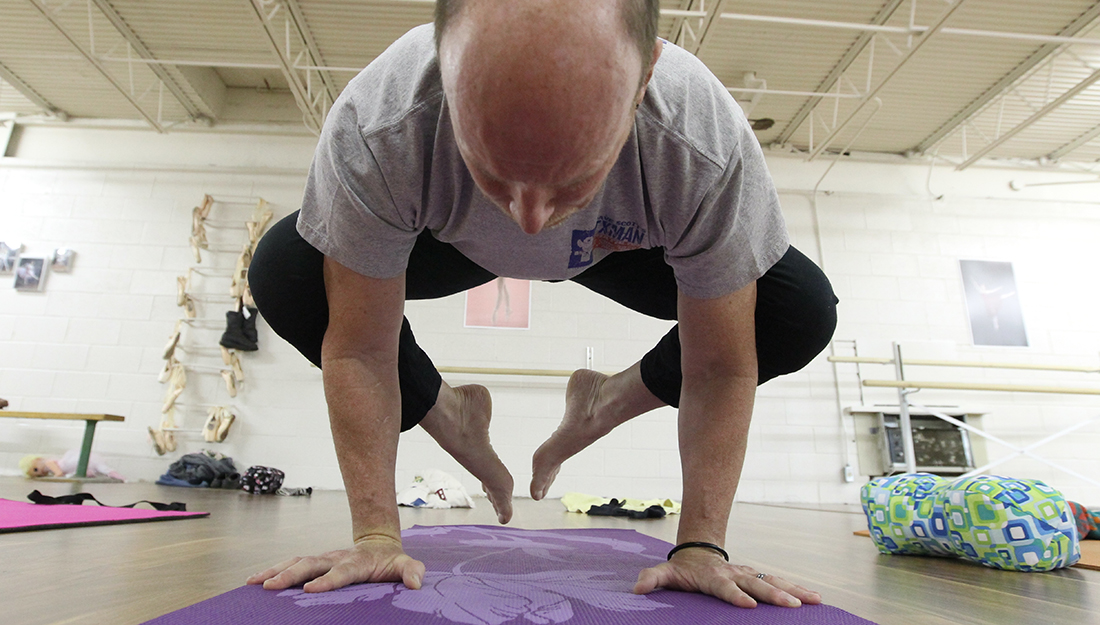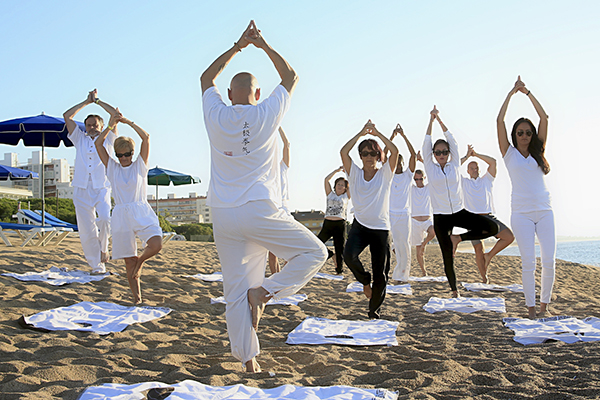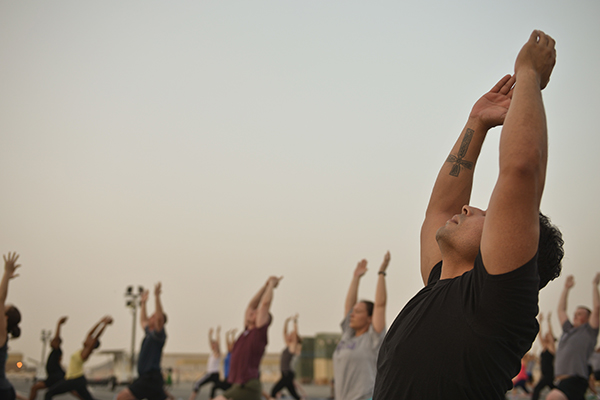- Dominic Hernandez
- Community, Healthy Living, Show on VR homepage, Trending
Health benefits of yoga
If you are looking to shake up your workout routine, consider yoga for these health benefits

Namaste. Yoga has a long history, going back about 5000 years. Its longevity isn’t by accident: Yoga really can improve your mind and body. If you feel like you or your workout routine has become too rigid, consider adding some flexibility with yoga. Experts from the Texas A&M Coastal Bend Health Education Center describe how yoga can ‘twist’ your health for the better.

Improves Posture
Bad posture can send a message you didn’t intend to the world, and if you have a bad habit of slouching, you could be hurting more than just how other people perceive you. Bad posture can cause back, neck and other muscle and joint problems.
Yoga can improve your posture by strengthening the muscles that surround your neck and spine, which can help alleviate muscle aches and strains caused by muscles compensating for bad posture.

Reduces stress
Stress can take a serious toll on your body, and can interrupt your sleeping and eating habits which can perpetuate the stress cycle. If you’re feeling that stress is becoming too much of a factor in your life, consider adding a yoga session to your week. Improving your stress levels could help you sleep, improve your mood, improve your work function and boost your metabolism and immune system.
A 2005 German study observed the effects of yoga on stress in women who described themselves as distressed. The women suffering from mental distress did yoga for three months and showed significant improvements on “measures of stress and psychological outcomes” compared to the control group who did not change their routines.

Builds muscle
Who knew that you could improve your muscles without even entering a gym or trying a pull-up? Many people don’t associate strong muscles with a relaxing yoga session, but different yoga moves can build muscle.
Building muscle has a number of benefits including improving your metabolism and blood flow. When your muscles have increased blood flow, they are able to work more efficiently and recover better.

Improves balance and flexibility
Yoga is famous for its numerous stretches and various poses, many of which can help improve your flexibility and balance. Poses such as the chair pose or the triangle pose can improve your flexibility, balance and range of motion by extending your limbs and shifting your center of gravity.
Activities that lengthen and stretch muscles can help prevent injuries and allows muscles to work more efficiently. Pairing your muscle build with balance and flexibility helps with day-to-day activities and can help prevent accidents and falls in older people.

Improves heart health
According to the American Heart Association (AHA), sustained yoga can improve heart health. These benefits include an increase in exercise functionality and improving blood pressure and cholesterol levels. Yoga can be done at various levels and still offer benefits: Low-intensity or calming yoga can improve your heart health through relaxation and deep breathing, and more-intense stretching and strength-based yoga can help improve circulation through muscle definition and increasing your heart rate.
Though it can improve heart health, most yoga does not count toward the 150-minutes-per-week of moderate activity recommended by the AHA. Yoga could be considered as a high-intensity interval training (HIIT) workout if done with a fast pace. If you’re looking a HIIT type of yoga class, search for classes labeled “power” or “HIIT.”
Some advanced yoga positions may require a person to be fully bent or to put the head below the heart, so if you have heart disease or another condition or are worried about the intensity of yoga, talk to your primary health care provider.
Media contact: media@tamu.edu


